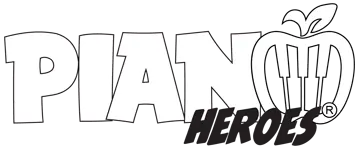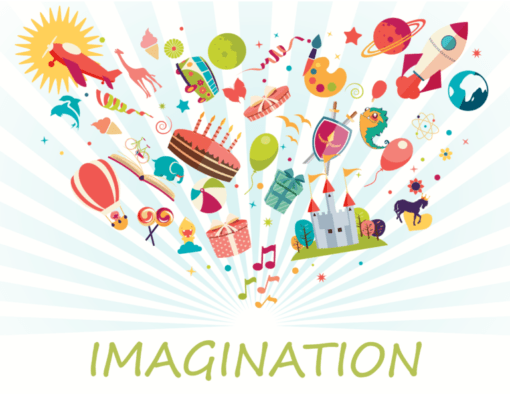There is no doubt about the importance of imagination in forming a creative personality. We cannot teach creativity, but we can model it as teachers. We can help our students to collect building blocks and lay a stable foundation for a thriving artistic musician with a vivid imagination. The ability to regenerate the composer’s message in performing pieces through appropriate tempo, creative phrasing, and dynamic contrast, becomes possible through the prism of imagination. I encourage my students to explore the expressive aspects of a musical piece at the elementary level through discussing what the music piece is about, drawing pictures and colouring, learning the character and action of the music via singing and dancing, listening, watching performances, composing, harmonization and improvisation. After the learning text phase is over, here comes the time to move to the creative part – convert notes to music. This is the most moving and exciting part of learning to play the piano. Students love it too. Students can talk about their thoughts on the piece, or they can draw an imaginative scene to be performed. They can also experiment with different articulation and dynamics to express emotions. The possibilities are truly endless. For the elementary level students to grow their imagination, I propose drawing, singing, dancing, listening, composing and performing.
Drawing
The most appropriate activity for very young children, which helps them to express their feelings and put their thoughts on paper without using words, illustrate events and tell stories, and represent their ideas and things in a visual way is drawing. Pencils, crayons, and markers are tools which aim to recreate musical characters and help to understand its part. It is the easiest and funniest way to transform the perception of the musical piece.
Singing
As human beings, we are the holders of our very own musical instrument which produces a wide variety of different pitches and complex textures. A voice. It is the easiest instrument to use and it is being utilized by the youngest children via song. Besides performing a variety of simple and complex rhythms, and alternating and repeating patterns, singing assists with expressing emotions by varying volume, pitch, speed, and rhythm. Also, children do not need to be able to read in order to learn and perform the song. All elementary-level repertoire/lesson books contain a variety of folk songs, nursery rhymes, and easy-to-sing melodies which help to develop an ear, remember and memorize the tune, enjoy the meaning (lyrics) and assist with visualizing the soul of the piece.
Dancing
Dancing allows children to convey their emotions through movement and rhythm. But beneath the enjoyment of dancing is a much more complex opportunity for understanding the emotions of a piece and connecting music and movement. While the chance to frolic and prance builds a strong feeling of rhythm students can also experience the feelings and thoughts of musicians as conveyed through the piece.
Listening
Listening is key in developing patience and the ability to observe and note details, dynamics, and emotions of a piece. This can include anything from listening online to the piece the student plans on playing, learning about the music, and picking out and researching the different instruments used in the piece to introduce the composer to the student. Listening is found in every aspect of piano and is an essential skill for a growing musician.
Composing
Composing gives the student the perfect occasion to express their feelings and knowledge of piano. This allows for the child to develop creativity through the utilization of the patterns, dynamics and music elements in the making of their own composition.
Performing
During the long process of learning piano, students learn a large variety of things about piano history, piano theory and of course the art of playing the piano. Once the knowledge is beseeched upon them the first thing they want to do is run to their family and friends and say ‘look what I learned’. But not everything that is learned can be told simply through speaking. Performing is the set of impeccable circumstances where a student can show what they have learned. They can display how their playing has improved by putting on shows to play for family and friends, then soon on for an audience, festivals, and recitals. Learn more about music and the art of piano teaching from our free newsletter. Subscribe today!

